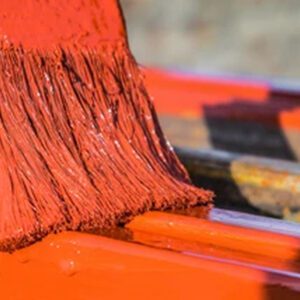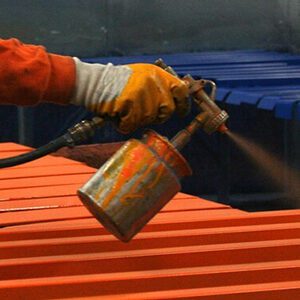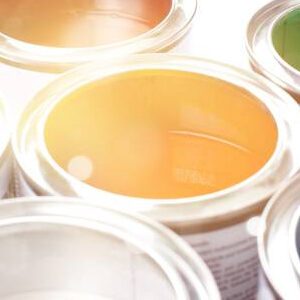STORAGE
APPLICATION DETAILS
Base: 4 parts by volume
Mixing Ratio: Curing agent- 1 part by volume
Pot Life: 4-6 hours at 30°C
Application Method: Air spray/brush
Recommended thinner: Witcoat Q.D. Thinner
Film thickness (dry): 35-45 microns (by dft meter)
SURFACE PREPARATION
Remove oil grease with suitable detergent solution and other contaminants by high pressure fresh water hosing. Dust off the residue.
APPLICATION CONDITIONS
Apply only on a dry and clean surface, with a temperature above the dew point to avoid condensation.
SUBSEQUENT COAT
NONE
REMARKS
The maximum recoat interval refers to surfaces exposed to periodic immersion, heavy condensation, chemical attacks, and/or abrasion. Under other conditions, no maximum interval is specified for Witcoat-Epoxy qualities.
RECOMMENDED
The product is recommended to be used as a finishing coat for the direct protection of steel surfaces. It can be used in chemical and fertilizer plants, petrochemical complexes, thermal power plants, mines, bridges, dock installations, etc. It has excellent corrosion protection in both freshwater and seawater.
DISCLAIMER
SAFETY
As a general rule, inhalation of solvent vapour or paint mist and eye and skin contact with the liquid paint should be avoided. Forced ventilation should be provided when working with solvent borne coatings in confined spaces or stagnant air. Even when ventilation is provided, respiratory, skin, and eye protection are always recommended when spraying. In addition, national and local safety regulations should be followed.
DISCLAIMER
The information contained within this data sheet is based on information believed to be reliable at the time of its preparation. The company will not be liable for any loss or damage caused, including liability for negligence, that may be suffered by the user of the data contained herein. It is the user’s responsibility to conduct all necessary tests to confirm the suitability of any product or system for their intended use. Please be advised that no warranties are expressed or implied due to the inherent variability in product use, which is beyond our direct control.










